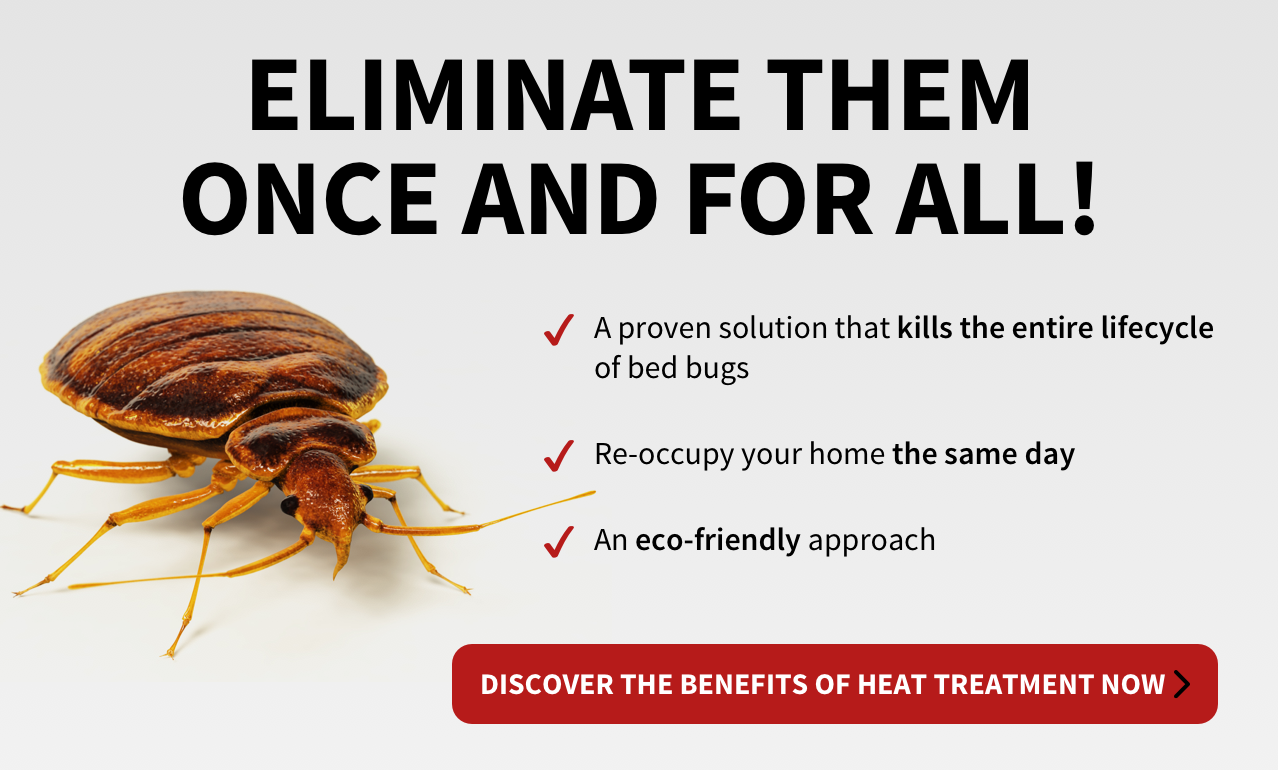A1 Bed Bug Removal Houston: Relied On Extermination Solutions
A1 Bed Bug Removal Houston: Relied On Extermination Solutions
Blog Article
Comprehending the Lifecycle of Pests for Targeted Control Methods
Recognizing the lifecycle of pests is an essential aspect of reliable pest monitoring approaches. With a deeper understanding of exactly how bugs thrive and develop, customized control strategies can be developed to resolve specific points in their lifecycle, ultimately leading to more successful insect administration outcomes.
Significance of Understanding Insect Lifecycle
Comprehending the lifecycle of insects is vital for establishing efficient and targeted control methods in bug management. By understanding the various stages a bug experiences from egg to adult, insect control specialists can identify at risk factors in the lifecycle where treatment can be most effective. Understanding when larvae are most active can aid figure out the ideal timing for applying larvicides. Furthermore, comprehending the lifespan of a bug species can aid in forecasting populace development patterns and prospective problem threats.
Additionally, recognizing the details environmental conditions required for each and every phase of the insect's lifecycle can guide decisions on habitat alteration or exclusion techniques to disrupt the lifecycle and lower bug populaces. This knowledge enables pest monitoring experts to implement proactive steps instead of counting exclusively on reactive therapies, causing more lasting and long-term insect control solutions. Eventually, a detailed understanding of insect lifecycles equips pest control specialists to tailor their approaches properly, decreasing environmental impacts and taking full advantage of control end results.
Trick Phases in Parasite Advancement
To properly implement targeted control techniques in insect monitoring, a vital aspect depends on thoroughly recognizing and comprehending the crucial phases in pest growth. Parasite development usually includes a number of vital stages that are essential for their lifecycle and administration. The very first phase is the egg stage, where bugs lay eggs that later hatch out right into larvae. Larvae then advance right into pupae, a phase where they go through transformation prior to arising as grown-up insects. Recognizing these stages is necessary as it aids in identifying prone factors in the lifecycle where control steps can be most reliable.

Susceptabilities in Insect Lifecycle
Throughout the different stages of a bug's lifecycle, distinct susceptabilities emerge that can be tactically targeted for efficient control actions (A1 Bed Bug treatment houston). One important vulnerability exists in the egg stage, where pests are frequently a lot more vulnerable to particular pesticides or organic control agents due to their soft outer shell, making them much easier targets for treatment. Understanding these vulnerabilities in the bug lifecycle is necessary for creating precise and efficient control strategies that efficiently manage pest populaces while minimizing environmental influence.
Applying Targeted Control Measures

Applying targeted control actions normally involves a multi-faceted strategy. This may consist of environment modification to make the setting much less hospitable my blog to pests, such as eliminating standing water for insect control or sealing access factors for rats. Furthermore, organic control techniques can be utilized, where natural predators or microorganisms are presented to maintain parasite populations in check.
Chemical control, such as the cautious application of chemicals, is one more usual method. Nonetheless, it is crucial to make use of these materials judiciously to lessen environmental effect and prospective injury to non-target varieties. Integrated Insect Management (IPM) strategies that combine various control steps in a collaborated and sustainable fashion are frequently the most reliable in achieving long-term parasite administration objectives. By carrying out targeted control measures based on a complete understanding of insect lifecycles, parasite populations can be successfully regulated while lessening threats to human wellness and the setting.
Boosted Bug Management Practices

Moreover, the unification of organic control representatives, such as all-natural predators or pathogens of parasites, can aid decrease reliance on chemical pesticides and promote a much more balanced environment. Applying physical barriers and catches you can look here can additionally belong to boosted bug management methods, supplying safe and targeted remedies for parasite control. Furthermore, the use of scents and other semiochemicals can interrupt pest mating patterns and interaction, causing reduced bug populaces over time.
Final Thought
By determining vital stages in insect growth and vulnerabilities in their lifecycle, targeted control steps can be executed to decrease insect populaces. Boosted insect management techniques can aid decrease the dependence on broad-spectrum chemicals and promote even more ecologically friendly and lasting bug control approaches.
Recognizing the lifecycle of insects is necessary for creating reliable and targeted control methods in bug administration. By understanding the numerous stages an insect goes with from egg to grownup, parasite control professionals can recognize prone points in the lifecycle where treatment can be most effective. Inevitably, a comprehensive understanding of insect lifecycles empowers pest control professionals to customize their strategies properly, decreasing environmental effects and optimizing control results.
By carrying out targeted internet control measures based on a thorough understanding of insect lifecycles, bug populations can be successfully controlled while reducing risks to human health and wellness and the setting.
By recognizing key phases in insect growth and susceptabilities in their lifecycle, targeted control actions can be executed to minimize parasite populations.
Report this page